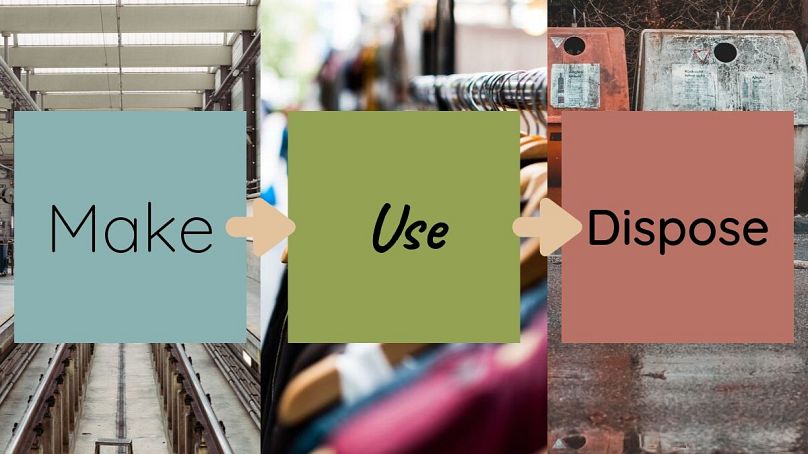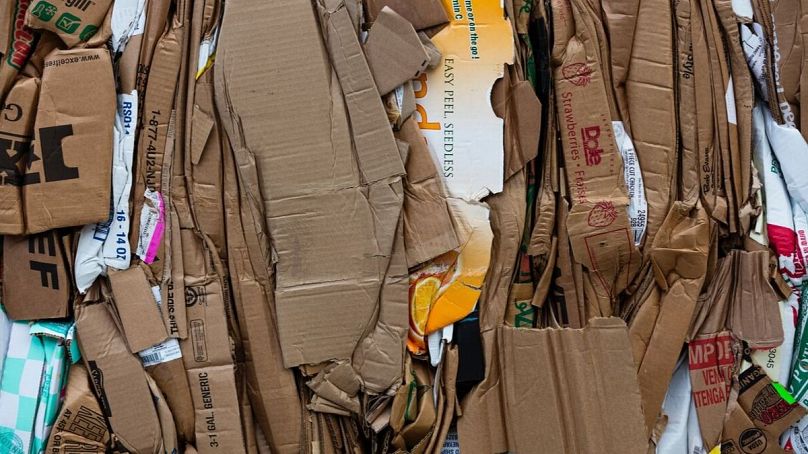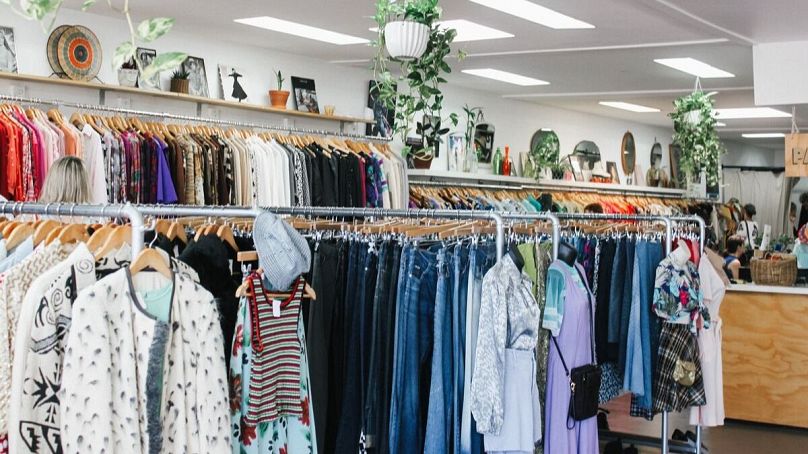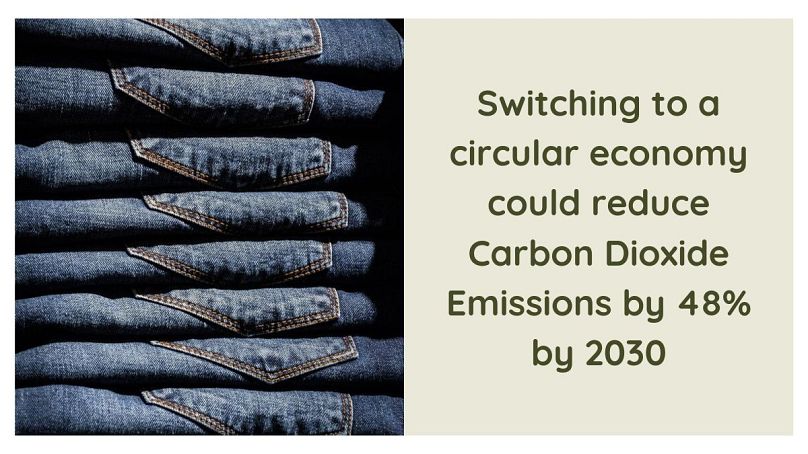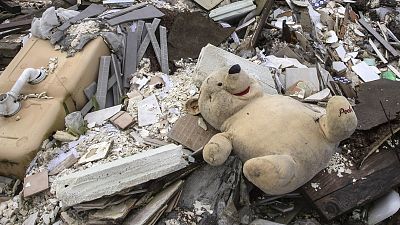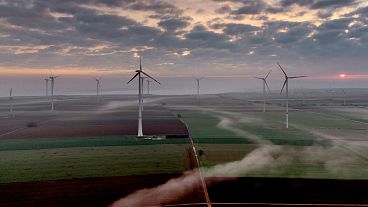You've probably heard the term a lot recently but what does it mean? The C&A Foundation helps to explain what exactly a circular economy is and how we can help build it.
With Zero Waste Week just gone and theories of sustainability being implemented across London Fashion Week, you’re likely to have seen all sorts of articles and adverts asking you to think about whether what you do or don’t buy is helping to support a ‘circular economy’.
To the initiated its old news, but for the vast majority of people, it’s probably not a term that's found its way into their everyday vocabulary. It is really difficult to make a change to your shopping habits when you don’t know exactly what you are meant to be changing or how being in the know might help you to buy more sustainably.
Don’t worry, we’ve got your back. We’re taking it back to basics to help you learn exactly what a circular economy is and how you can support change with what you do and don’t buy.
What do we have now?
“The fashion business model is currently oriented around the goal of selling as many products as possible, and for a significant part of the industry, at the lowest possible price” the C&A Foundation explained to Euronews Living, “ it is largely a linear system that involves the extraction of virgin materials coupled with manufacturing carried out at such low cost that it often translates into unacceptable working conditions and environmental degradation”.
The C&A Foundation works towards a fair and sustainable fashion future by changing this system so that it makes the most of the resources it harvests addressing all kinds of issues with both sustainability and ethical production.
A ‘linear’ economy produces an incredible amount of waste as resources are only used once. All of this single-use waste goes to landfill whilst new materials are turned into new products and packaging putting a strain on the world’s resources. It's essentially a big conveyor belt going straight into the bin.
This way of using resources hasn’t been all bad. Linear economies have helped to create jobs, increase our quality of life, and reduce mortality rates. This model does, however, rely on the assumption that there will always be resources to turn into the products we need and that there always be somewhere to put our waste. It's becoming abundantly clear that this just isn’t true.
As the world’s population has increased this has become less and less true. In the 1760s, at the dawn of the First Industrial Revolution, the United Nations estimates that there were less than a billion people on the planet. There are now nearly 8 billion people using those same resources and throwing them away at an alarming rate. Resource management expert, WRAP, states that by 2050 it is estimated that the planet will be home to nine billion people; we would need nearly three planet Earths to provide for all those people if we continue consuming at the same rate as we do now.
Read More | Gen Z clothing resale favourite launches Selfridges pop-up
Oversupply and over consumption
When it comes to fashion, it's often worse than just creating clothing to keep up with this incredible demand according to the C&A Foundation:
“Take a single t-shirt as an example. Currently, virgin material will be extracted and then continue to manufacturing. Both processes use a huge amount of resources and generate waste in the form of water, energy, chemicals, and materials. Once the material has become a t-shirt, there is like to be even more waste. Many brands produce an oversupply, meaning that some of these t-shirts are disposed of (incinerated, landfilled, or shredded) instead of sold. Others may be worn a few times and then either just lay forgotten in the back of a closet or simply discarded while consumers go out to buy more. And the process continues.”
In 2017, 58 million tonnes of municipal waste went to landfill in the European Union, the European Commission found. With information coming to light earlier this year that some waste exported to developing countries for recycling might also be going to landfill, this could be even more than official figures account for. Even the fact that this waste is being sent abroad shows that space is running out to store the things we throw away.
Coming Full Circle
So how does thinking with circles help? In a circular economy, the full potential of a resource is explored and it is kept in use for as long as possible. Often this potential is wasted or locked away when we shove our unworn t-shirt to the back of the wardrobe never to see the light of day again until it's tossed unceremoniously in the trash.
It starts even before you find yourself staring with desire at the fourth little black dress you’ve bought this month at the design stage. Planned obsolescence is an obstacle those of us looking to consume less are constantly at war with. From electronics to cars to clothing; manufacturers continuously release updated products to tempt us into buying more. Fast fashion is a great example where new trends are engineered to make us feel like we’re being left behind before we’ve even worn what we’ve already bought.
By designing a product to last longer, be repaired and potentially even find other uses outside of its primary one, circularity can be introduced right from the beginning. The Ellen MacArthur Foundation, a charity that encourages people to embrace a circular economy, has a particularly good comparison with the natural resource cycle of the planet. Things grow, are eaten, then die returning the resources they used to the natural world to be used again. This natural cycle is the inspiration for how a circular economy might work: “The idea of feedback, of cycles in real-world systems, is ancient and has echoes in various schools of philosophy,” the foundation writes.
Returning to the familiar t-shirt example, how would that previously resource-draining item be made if things were a bit less linear?
“A circular system would see that same t-shirt being made from non-virgin and safe materials and it would allow that t-shirt to circulate in multiple cycles, unlocking the embedded value of the product. The t-shirt would be manufactured using non-virgin materials, without harmful toxins, and would be designed to easily be reused as a garment or disassembled.”
Read More | How to make your start-up business sustainable from day one
"Resale, reuse, and repair"
There’s more to circularity than just this though and altering the way we think about the things we buy can even be profitable to the companies that adopt these new business models. Resale, reuse and repair are all ways that demand for new clothing can be reduced according to the C&A Foundation.
“With resale, there is potential to displace new purchase– if people can access enough pre-owned items, and if this process is managed and encouraged by brands. We could see a decreased demand for new products, while the businesses continue to have positive financial results.
“With repair, when brands begin to champion the restoration of their own items (as some high-quality sporting goods already do) they not only increase their brand loyalty, the consumer is able to access repairs from a reputable source and save money.
“In the case of subscription models, consumers are guaranteed that they can return used products to the brand, and get an update to their product while the brand takes the responsibility to repair, resell, donate, recycle, etc.”
The aim is, instead of trying to sell more individual items, to look to sell uses of those items. Rather than research and development being driven by the desire to always buy the newest item, a less linear life will be built into a product from the start.

